

Ben Zachariah
Move over, Patrol: New-era Ford Maverick SUV imagined
14 Hours Ago
110km/h? 130km/h? Unlimited? What is the fastest you can legally drive in Australia and where? We take a look at the different state rules.

Senior Contributor
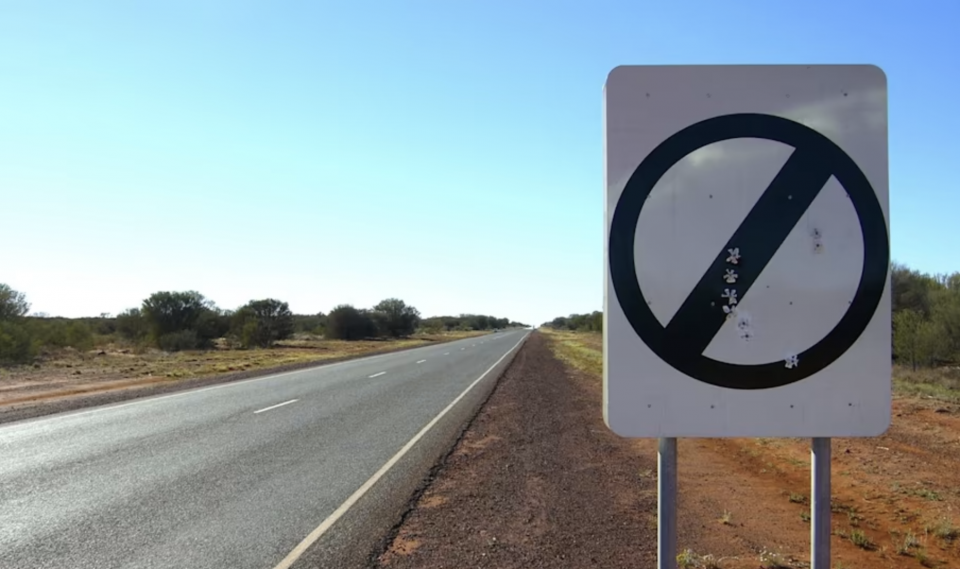

Senior Contributor
There are plenty of proponents of the notion of increasing speed limits in Australia, but the fact remains that, in most jurisdictions, the fastest you’re allowed to drive is 110km/h.
The rules were implemented decades ago, and while cars have gotten dramatically safer for occupants and other road users over that period, maximum speed limits in Australia haven’t kept pace with those changes.
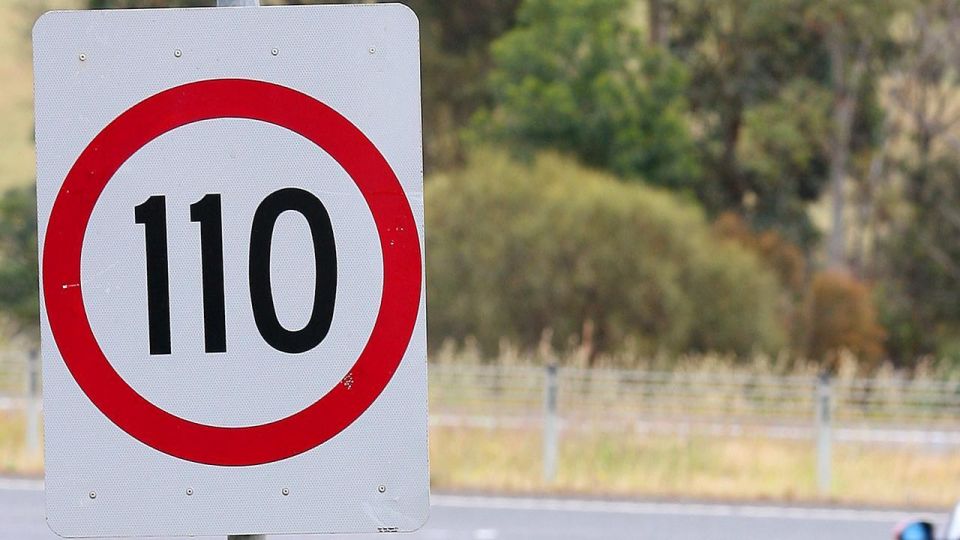
Speed limits are not implemented on a national level, so you need to be aware of the differences between each of the states and territories in the country.
In fact, it’s the two territories – the Australian Capital Territory (ACT) and the Northern Territory (NT) that have the greatest differential in maximum speed limits.
The ACT has a maximum speed limit of 100km/h. As anyone who has driven through the area will know, the speed limit increases to 110km/h as soon as you cross the Territory border with New South Wales on the M23 Federal Highway. The ACT’s major arterial roads – arguably some of the best-surfaced, most well-planned highways in the country – are restricted to 100km/h.
By contrast, the NT has a maximum speed limit of 130km/h in some locations across the region. Indeed, the sparsely populated, long-road-laden area has stretches of the Stuart, Arnhem, Barkly and Victoria highways zoned 130km/h.
The NT famously introduced unrestricted speed limits in 2016 as a means of reducing fatigue on more than 330 kilometres of notoriously tiring roads in the Territory, but a change of political leadership later that year saw those unrestricted sections revert to 130km/h zones, despite zero fatalities being recorded in the open-speed areas over the period of the trial.
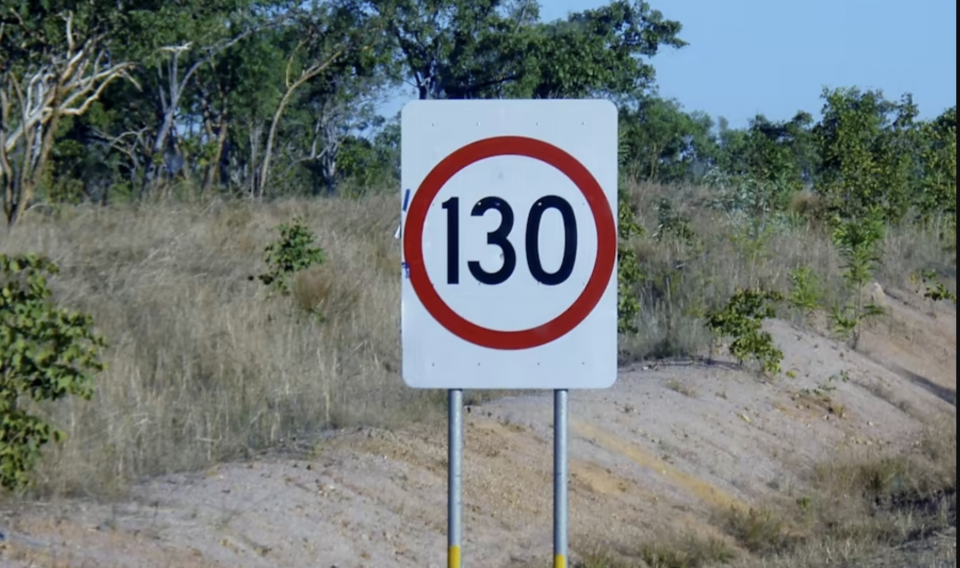
For built-up areas, the NT has a slightly higher limit, too. Signs will indicate 60km/h instead of 50km/h, which is the default for all other states and territories of Australia.
Rural areas in the NT and WA have maximum speed limits of 110km/h, while in New South Wales (NSW), Queensland, Victoria, South Australia (SA) and Tasmania the typical rural speed limit is 100km/h.
The best rule of thumb is to check for signage, and if you’re not sure, ask a local or drop by the police station to make sure you’re not going to unwittingly endanger your driving licence.
It is also worth noting that many states have dynamic speed limit processes, so a road that might have been 100km/h a few weeks ago may well have been reduced or increased over that period.
Further, speed limits are strictly enforced. Fines and demerit points apply in all states and territories, and there are speed cameras and radar-equipped vehicles and officers in all jurisdictions.
Off the mainland and excluding Tasmania, there are some other Australian territories that have even lower maximum speed limits.
For instance – and in a special case – Lord Howe Island off NSW has a maximum speed limit of 25km/h for its few kays of roadways.
More major offshore locales such as Norfolk Island and the Cocos Keeling Islands have a 50km/h top speed limit. Christmas Island’s max speed limit is 90km/h.
Not intended as legal advice. Check with the relevant roads authority in your state or territory.
Matt has more than a decade of experience in automotive journalism, and loves exploring the pros and cons of new cars, delving into deep-dive industry stories, and going for a drive just for the fun of it.


Ben Zachariah
14 Hours Ago


Damion Smy
15 Hours Ago
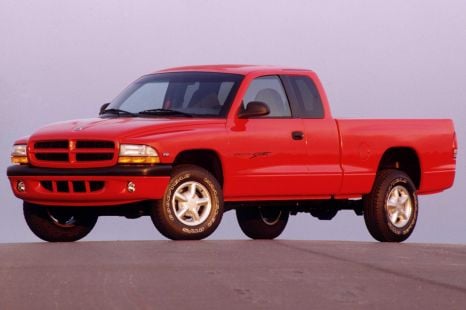

Derek Fung
16 Hours Ago


Ben Zachariah
16 Hours Ago
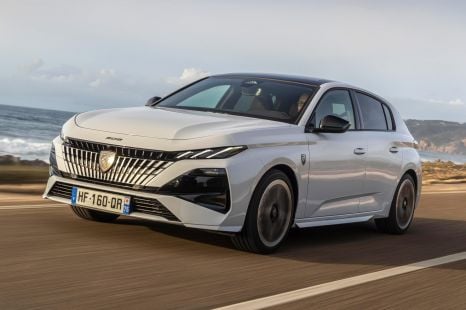

Matt Robinson
22 Hours Ago


CarExpert.com.au
1 Day Ago